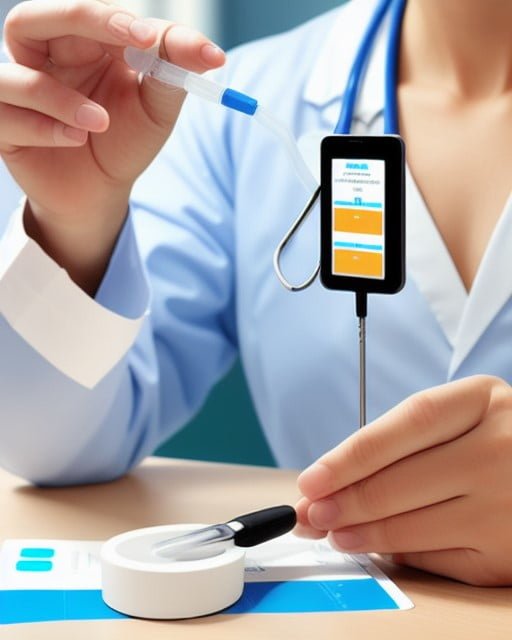Medical testing is an essential aspect of healthcare, as it aids in diagnosing and treating various ailments. Rapid medical testing has become increasingly popular in recent times due to its accuracy and short turnaround time. In this article, we will discuss the advancements and innovations in rapid medical testing.
Advancements in Rapid Medical Testing
Advancements in rapid medical testing have been made possible by technology and research. One of the significant advancements is the development of point-of-care testing (POCT). This technology allows doctors to perform medical tests outside the laboratory, saving time and resources. With POCT, doctors can diagnose diseases such as HIV, malaria, and tuberculosis in minutes.
Another significant advancement is the use of biosensors in medical testing. Biosensors are devices that detect the presence of specific biological substances, such as glucose, in a patient’s body. They are used to monitor diseases such as diabetes and heart disease. Biosensors enable doctors to monitor patients in real-time, providing quick results and allowing for early intervention.
The use of artificial intelligence (AI) has also revolutionized rapid medical testing. AI algorithms can analyze medical data and provide accurate diagnoses in seconds. They can also help identify disease outbreaks and predict how an epidemic might spread. AI has the potential to revolutionize the healthcare industry, making it more efficient and cost-effective.
Innovations Bringing Quick Results
Innovation is driving the development of new technologies that provide quick results in medical testing. One of the innovations is the use of microfluidics. Microfluidics is the science of manipulating small amounts of fluids in tiny channels. It is used in rapid medical testing to analyze blood, urine, and saliva samples quickly. Microfluidic chips are small and portable, enabling doctors to perform tests in remote areas.
Another innovation that is bringing quick results is the use of smartphone technology. With the rise of smartphones, medical testing is becoming more accessible and affordable. Smartphone apps can be used to measure heart rate, blood pressure, and glucose levels. They can also be used to diagnose diseases such as skin cancer and hepatitis.
The use of nanotechnology is also an innovation that is bringing quick results in medical testing. Nanoparticles can be used to detect specific biological substances such as viruses and bacteria. They are designed to bind with the substance they are detecting, causing a color change that can be seen with the naked eye. Nanoparticles are cheap, easy to produce, and can be used for a wide range of medical tests.
In conclusion, the advancements and innovations in rapid medical testing are transforming the healthcare industry. These technologies are enabling doctors to diagnose diseases quickly and accurately, providing better patient outcomes. With the rise of new technologies such as AI, microfluidics, and smartphone apps, medical testing is becoming more accessible and affordable. The future of medical testing looks promising, and we can expect to see more innovations in the years to come.


